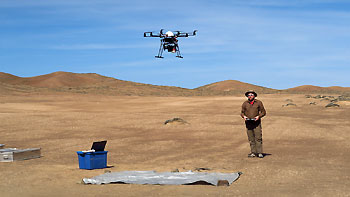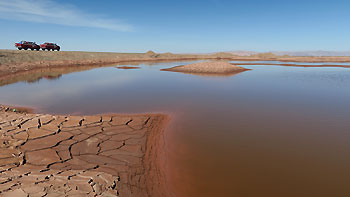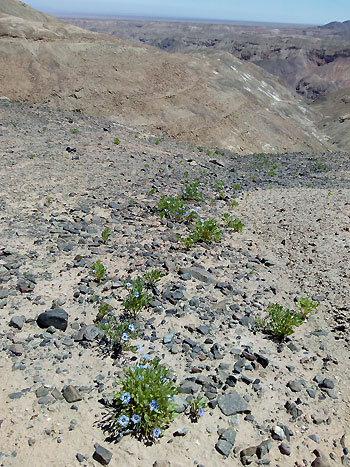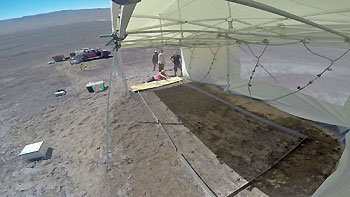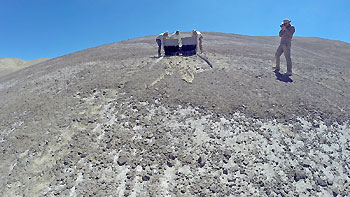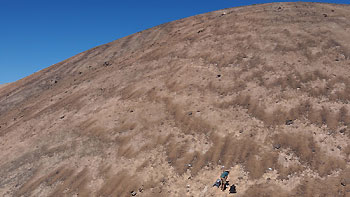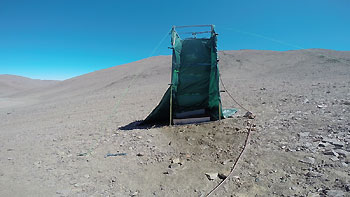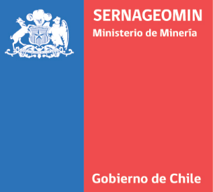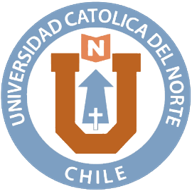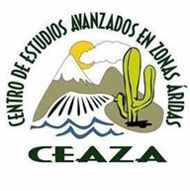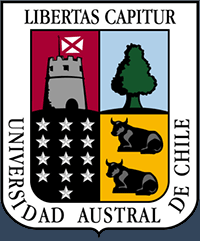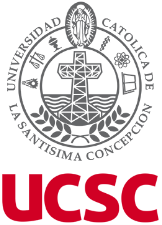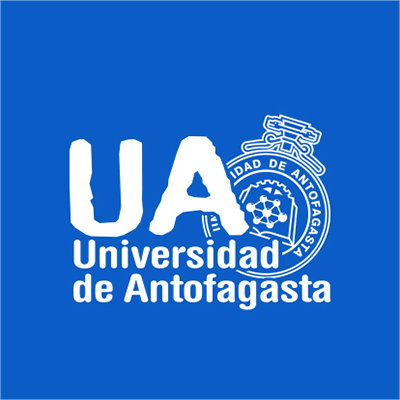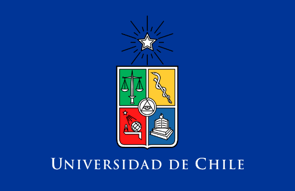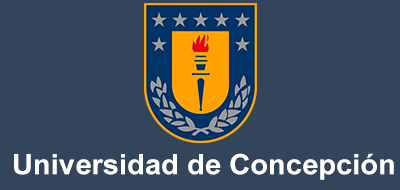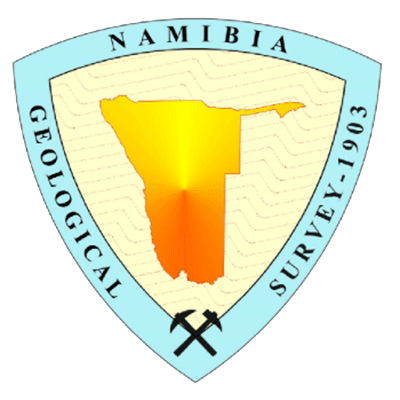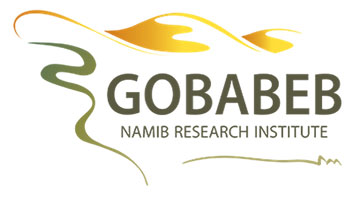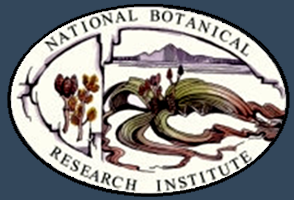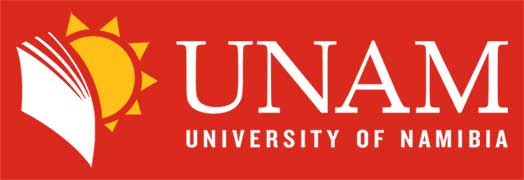The joint fieldwork of the subprojects C3, Z2 and Z3 in February and March 2019 was successfully completed. We were able to conduct UAV-based flights over several surfaces, in particular with the new and bigger UAV, equipped with specific sensors, including flights over tillandsia sites in the Atacama Desert (see Picture 1). Likewise, we revisited every weather station of our network for control and specific readjustments. All data, metadata, pictures and a visualization tool is available in the weather section of the CRC1211DB (https://www.crc1211db.uni-koeln.de/wd/index.php). After the strong rain events of January and February, we documented surface changes at several locations, and rainfall induced vegetation growth at unexpected places (see Picture 2 & 3).
During our campaign, we carried out several days of fieldwork on zebra stripe-covered hillslopes along the Paposo fault. Using the 10 m2-large irrigation device, we performed irrigation experiments in order to simulate heavy rainfall events, and to provoke overland flow and zebra stripe activity (Pictures 4 & 5). In addition, we carried out extensive morphometric analyses and sampling of zebra stripes (Picture 6). Further work included chronostratigraphical investigations and sediment sampling at a number of hillslope sites between Antofagasta and Pisagua, as well as the installation of soil water content and temperature monitoring sensors, which will capture important data for understanding local environmental conditions on both daily and annual time scales. Time-lapse cameras and a seismometer at one of our zebra stripe sites (aiming at unravelling a seismic shaking-related origin of zebra stripes) complement our monitoring network.
Finally, we carried out irrigation experiments using our (shower cabin-like) small irrigation device (Picture 7) during several days of joint fieldwork together with colleagues from subproject B05. The investigations aim at understanding in-soil colloid transport in different (CRC 1211 transect-related) areas of the Atacama. This work will be continued during the next years.
|
|
|
|
|
|



